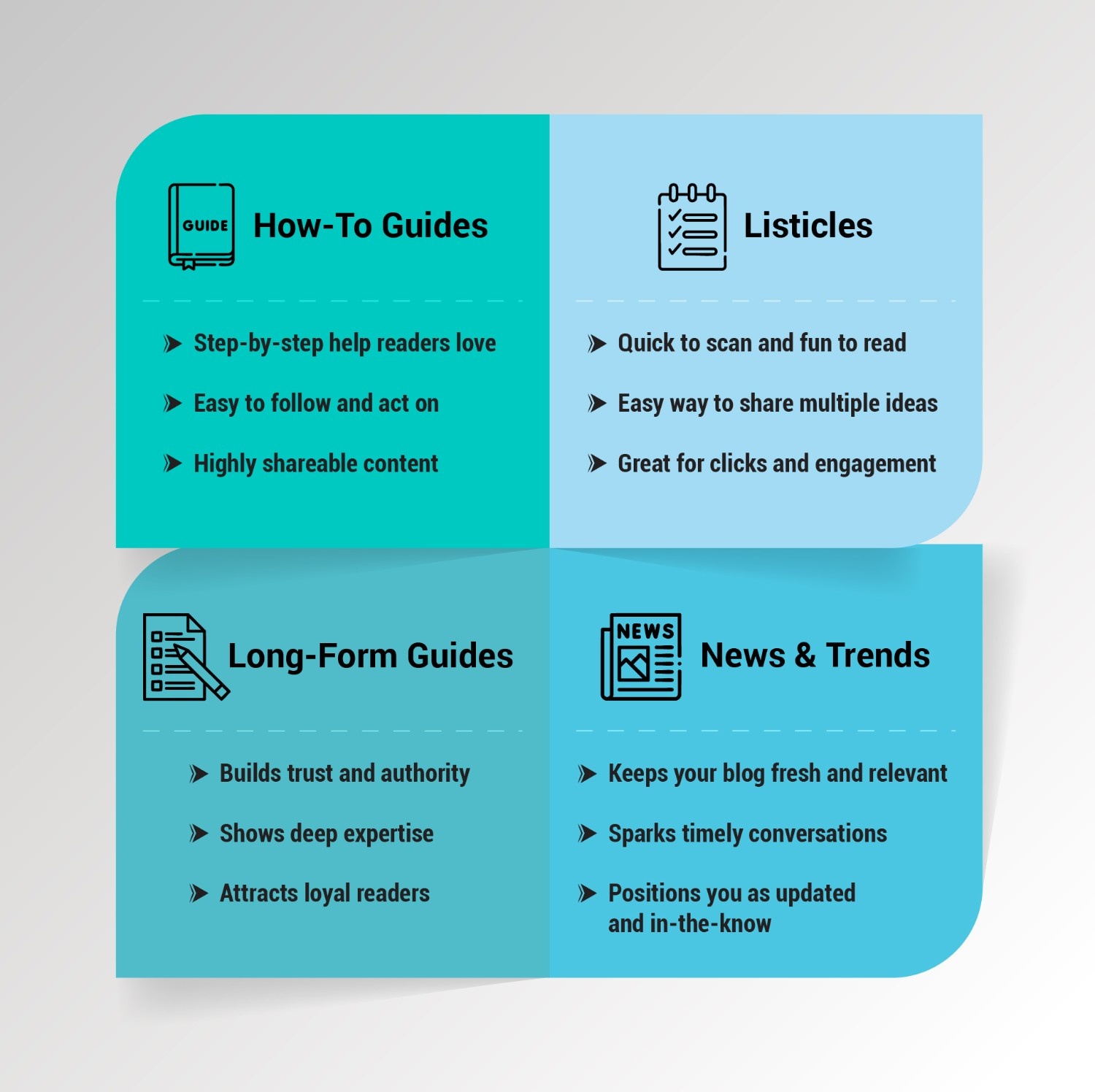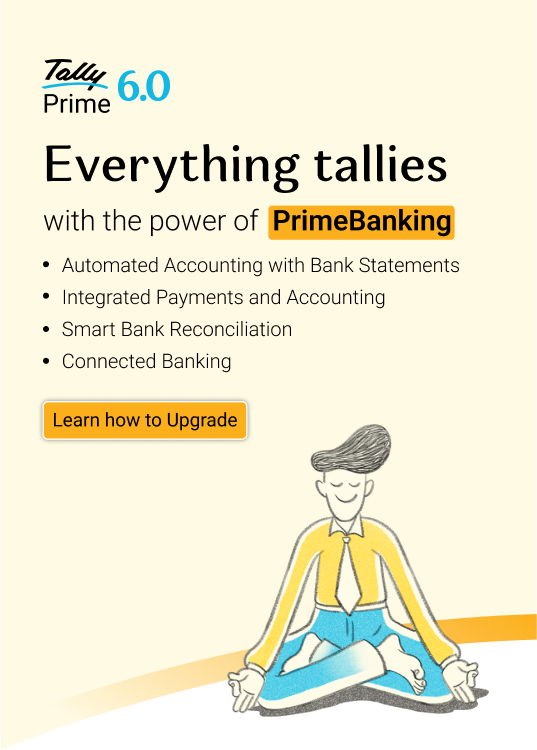You are finally sitting down to write your very first business blog post. Exciting, right? Maybe a little scary too. After all, this isn’t just another item on your to-do list, it is the moment you start showing the world who you are and what your business stands for.
Think of your blog as more than words on a page. It’s your handshake, your smile, and your story all rolled into one. Whether you run a chai stall, a fashion boutique, or a tech startup, people aren’t just buying what you sell, they are buying into you. And your blog is the perfect way to open that door.
Blogging isn’t about writing like a professional journalist or winning literary awards. It’s about being real, helpful, and relatable. With the right approach, your very first post can spark curiosity, build trust, and put your brand on the digital map.
Getting started with your first business blog
Starting your first business blog can feel a bit like opening your shop for the very first time. The shelves are stocked, everything looks perfect, and you are ready to welcome people in.
However, there is still that mix of excitement and nervousness about whether anyone will show up. You might find yourself thinking, “What if nobody comes? What if I mess it up?” The truth is, you will never know until you open those doors and greet your first customer. Once you take that first step, you will probably wonder why you didn’t do it sooner.
A business blog works the same way. It is not a formal, boring report that only lists what your business does. It is your space to share stories, ideas, helpful tips, and little glimpses of life behind the scenes. It is where you get to speak directly to your audience in a way that makes them feel connected and curious to know more.
Think of it as your brand’s friendly voice on the internet, telling people, “We are more than just what we sell. We have a story to tell, and you are welcome to be part of it.”
So, before you grab your coffee, settle into your chair, and start typing, let’s make sure your first step sets you up for success.
Step 1: Decide why you are writing
Before you even touch that keyboard, take a moment to ask yourself the big question: “Why am I writing this blog?” You wouldn’t start cooking without knowing the dish you’re making, right? The same logic applies here. Are you writing to:
- Educate people about your products or services?
- Share your expertise in your industry?
- Announce exciting updates or upcoming events?
- Answer those questions customers keep asking again and again?
When you know your “why,” your writing becomes sharper, more focused, and far more valuable to your readers. Also, it keeps you from wandering off into unrelated topics that make people click away.
Step 2: Understand your audience
You could write the most amazing blog post in the world, but if it doesn’t matter to the people reading it, it’s like throwing a party and forgetting to invite your friends. Think about:
- Who they are (small business owners, students, working professionals, homemakers, etc.)
- What problems are they facing that you can help with
- The kind of language they prefer (simple and casual, technical, or a mix of both)
For example, if you sell organic skincare products in India, your readers might be more interested in “5 easy natural skincare tips you can try at home” rather than a long, complicated breakdown of chemical compositions.
Step 3: Choose your tone and style
Your business blog does not have to sound like a boring instruction manual. Even if you work in a serious field like finance, law, or healthcare, you can still write in a way that feels warm, friendly, and easy to follow.
In India, readers usually respond well to a conversational style. It is like chatting with a friend over chai instead of giving a lecture in a classroom. Use everyday words, keep sentences short, and let your personality show. If you are funny, sprinkle in some light humour. If you are more of a storyteller, add a short story or example.
The goal is simple. Make your reader feel like they are having a conversation with a real person, not reading a corporate brochure. When your tone is friendly and relatable, people are more likely to read till the end and come back for more.
Step 4: Start small
You do not have to begin your blogging journey with a long, never-ending article. That is like deciding to climb Mount Everest on your very first trek. Why put yourself through that?
Start with something short and simple. Pick a topic you know so well that you could talk about it while waiting for your coffee to brew. This way, you will feel relaxed and confident while writing.
As you get more comfortable, you can slowly move on to bigger topics. Think of it like learning to make rotis. You do not start by cooking for a wedding crowd. You begin with one or two, practise a bit, and then you are ready to cook for the whole family.
Blogging is the same. Start small, enjoy the process, and you will be ready for bigger projects before you know it.
Step 5: Outline before you write
Think of an outline as the Google Maps for your blog post. Without it, you might start with one idea and accidentally end up somewhere completely different. A simple outline can include:
- A short, catchy introduction
- The main points you want to explain
- Any examples, stories, or tips you want to include
- A closing takeaway that leaves your readers with something to think about
With this little guide, you’ll spend less time stuck on “What should I say next?” and more time writing.
How to choose your very first blog topic (and the ones after)
Picking the very first topic for your business blog can feel tricky. You might wonder, “Where do I even start?” The answer is simple: start with what your customers or potential customers already ask you.
Think about it, every time someone walks into your shop, sends you a WhatsApp message, or calls you, they ask questions. These questions are pure gold for your first blog post. For example: If you run a boutique, customers might ask, “Which fabric is best for summer?” That can be your first topic. If you sell homemade sweets, people may ask, “How long do these stay fresh?” Boom - there’s your first post.
Once you have written your first blog, finding the next topics becomes easier. Just pay attention to what people keep asking you, the problems they face, or even the compliments they give you.
Here are simple ways to keep your topic list growing:
- Listen to your customers: Their doubts, challenges, and small talks often reveal what they care about.
- Notice what excites them: Do they light up when you share a behind-the-scenes story? That’s another blog idea.
- Think seasonal or situational: Festivals, trends, or local events can spark timely topics.
Your readers should feel like your blog is a friendly guide who understands them. The more you listen, the more ideas you will have and you will never run out of things to write.
4 blog formats that always work

Does SEO play a role here?
You might have heard the term SEO a lot earlier, but what does it mean for your business blog? SEO or Search Engine Optimisation helps your blog get noticed by search engines like Google, so more people can find and read your posts.
Here are some simple ways SEO can help your blog:
- Use the right keywords: These are words or phrases your readers type into Google when they search for information. Including these naturally in your blog titles and content helps search engines understand what your post is about.
- Write clear headings: Breaking your blog into sections with clear headings helps readers find what they want quickly and also helps search engines understand your content better.
- Create useful content: Search engines like Google want to show their users helpful, relevant information. So, focus on writing blogs that answer questions or solve problems your readers have.
- Keep your blog easy to read: Use short sentences, simple words, and bullet points to make your posts easy to follow. This keeps readers engaged and makes your blog more attractive to search engines.
Remember, SEO is not about stuffing your blog with keywords or writing only for search engines. It is about helping real people find your content easily. By paying attention to SEO, you can reach more readers and grow your business without spending extra money on ads.
Starting your business blog might feel like a big step, but with the right approach, it can be one of the most rewarding things you do for your brand. Remember to focus on why you are writing, keep your readers in mind, and choose topics that truly matter to them.
Don’t forget to make your writing friendly and clear. Start small and always give your blog a good polish before sharing. And yes, paying attention to SEO will help more people find your amazing content.
Blogging is a journey, not a race. So enjoy each step, learn as you go, and keep sharing your unique voice with the world. Before you know it, your blog will become a valuable part of your business, connecting you with customers and growing your brand.










